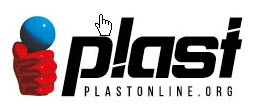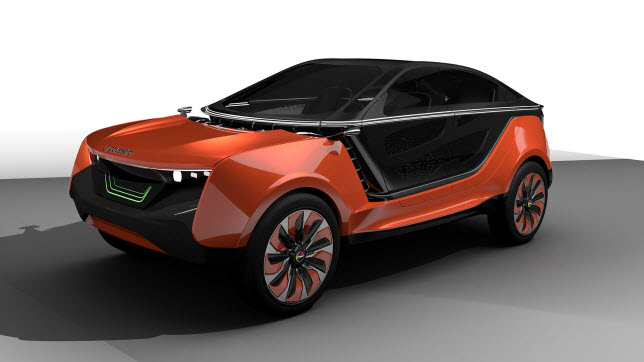Mobility is a basic human need and a key to the sustainability of our society and economy. The demands imposed on the individuality, safety, environmental compatibility and efficiency of motor vehicles therefore are very high. To meet them, Covestro is developing innovative and sustainable material solutions that push previous technical boundaries. The company is presenting a new concept in electric car design at this year's VDI Plastics in Automotive Engineering conference on March 29 and 30, 2017, in Mannheim, Germany.
“Based on pioneering plastics technologies, the concept incorporates current trends in the automotive design,” says project manager Jochen Hardt. “It enables us to give vehicle designers new possibilities for designing comfortable, functional and energy-efficient cars.” Partners for the development of the concept were automotive supplier HELLA and the distinguished Umeå Institute of Design in Sweden. At the VDI congress, this visionary concept will be on display in the form of a lifestyle electric car.
Cockpit with unobstructed sightlines
The concept car is the first vehicle with wrap-around glazing made of transparent polycarbonate. The glazing is lightweight and aerodynamic, two features that reduce energy consumption. The designers also implemented entirely new styling options that would not have been feasible in glass.
One example is the seamless design that integrates the transparent A-pillars. Wrap-around glazing rewards passengers with a panorama view, and enhances pedestrian safety because it almost entirely eliminates blind spots. The glazing meets all the requirements of the new UN Regulation R43.
New lighting concept revolutionizes design and safety
Covestro and HELLA have redefined automotive lighting. Visitors to the VDI congress can experience live just how light and lighting effects become styling elements. Illuminated surfaces with integrated LED spots make light an adaptive design element that lends a car personality. Automotive designers now have access to fascinating possibilities for styling the front- and back-ends, and enhancing safety, energy efficiency and functionality.
Holography will likely prove to be a top technology in future automotive lighting. HELLA and Covestro have developed an innovative solution based on holographic films from the Bayfol® HX range. It enables various lighting functions to be integrated into body components, requiring little space and opening up entirely new possibilities for using light as a design element.
Greater safety for self-driving cars
The new car concept is also geared to future technologies, such as the autonomous car. New polycarbonate materials enable good transmission of LiDAR signals and the homogeneous integration of sensors, i.e. the “eyes” of an autonomous vehicle, to enhance the safety of passengers and pedestrians.
Integrated displays in body parts also serve this goal. In autonomous vehicles, they support direct communication from car to car or car to pedestrian, e.g. via visual signals indicating that the car will stop in front of a pedestrian crossing.
Display trends in the cockpit
Another one of Covestro’s highlights at the VDI congress is various film solutions for interior automotive display applications. The focus is on displays and operating panels that are protected by scratch-resistant, glare-free films. They support new lighting effects and the integration of functions into the instrument panel.
To explain the various aspects of film development, Covestro has developed a display and surface demonstrator that will also be on exhibit at the industry event in Mannheim.
Kickoff with Automotive Night
Covestro joins VDI in inviting conference participants to Automotive Night at the “Manufaktur” restaurant in Mannheim the evening before the conference begins. The get-together offers a good opportunity to talk with other participants, speakers and exhibitors already prior to the event.
For more information about Covestro, please visit www.covestro.com







